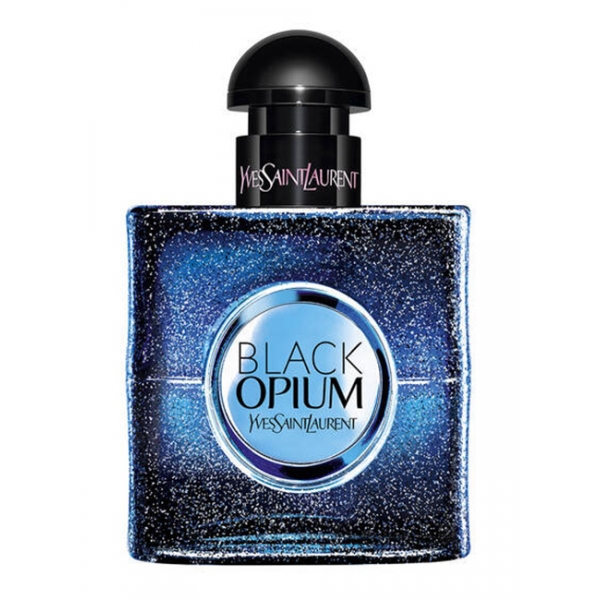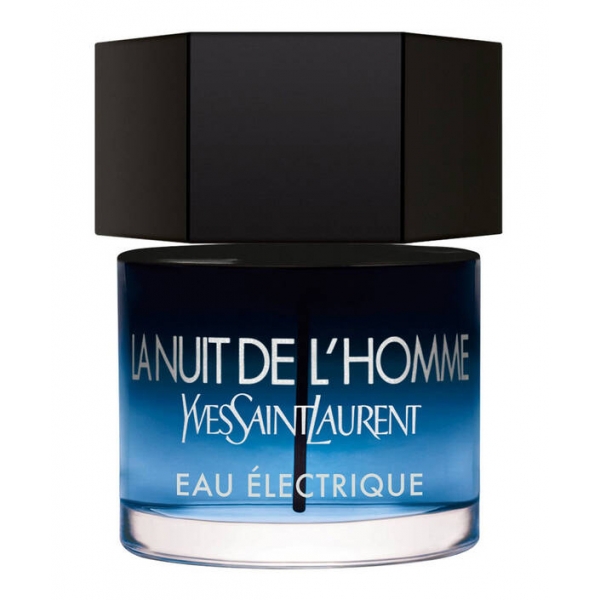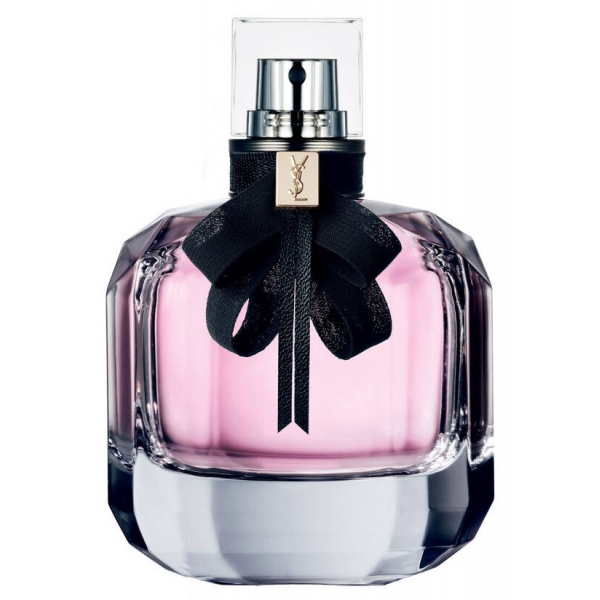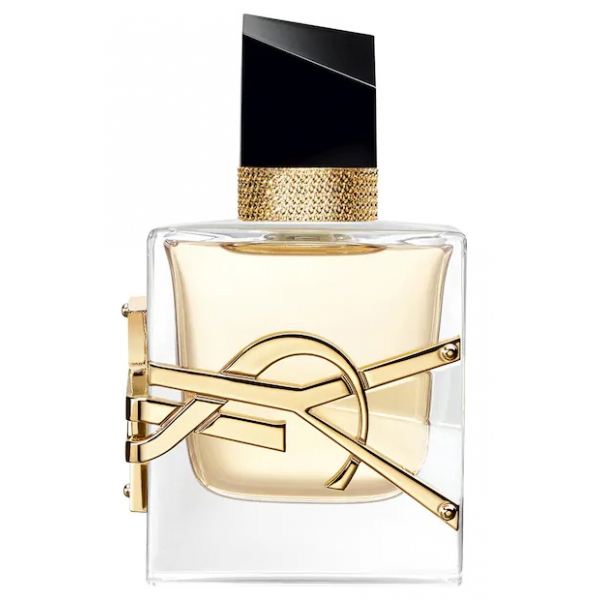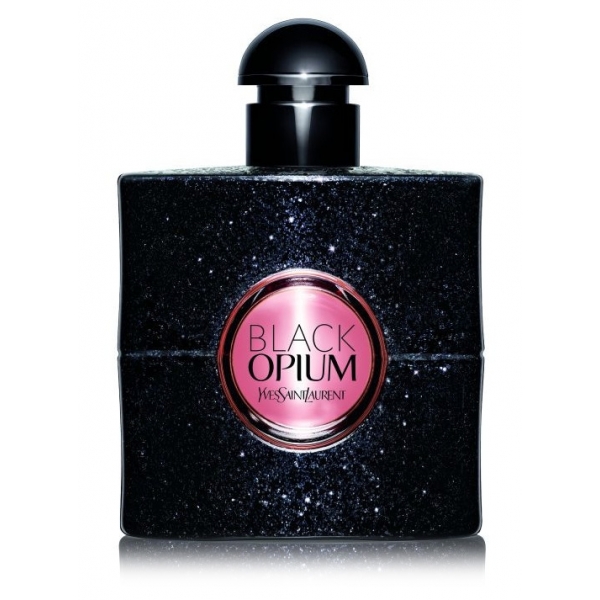No products
Categories
- Fashion Accessories
- Clothing
- Beauty & Lifestyle
-
Hi-Tech & Lifestyle
- Gaming
-
Case
- iPhone 11 Pro
- iPhone 11 Pro Max
- iPhone 11
- iPhone X / XS
- iPhone XS Max
- Samsung S10 / S10+ / S10e
- Huawei P30 / P30 Pro / P30 Lite
- Huawei P20 / P20 Pro / P20 Lite
- iPhone XR
- Samsung S9
- Samsung S9+
- iPhone 8 / 7
- iPhone 8 Plus / 7 Plus
- Samsung S8
- Samsung S8+
- Samsung S7
- Samsung S7 Edge
- iPhone 6 / 6 s
- iPhone 6 Plus / 6 s Plus
- iPhone 5 / SE
- Skin
- Audio
- Smart Home
- Drones & Hoverboard
- Photo & Video
- Desk Supplies
- Accessories
- Games
- Beverages
- Food
- Home
- Jewelry
- Luxury
- Travel
- Art
- Footwear
- Vintage Fashion
- Restaurants
- Sport
- Animals
- Gift Ideas
- Kidswear
Extra
Viewed Products
-

Dondup - Five Pocket Jeans Mandy Model - Dark Denim - Trousers - Luxury...
Dondup jeans, Mandy model, high waist...
-

Maui Jim - Sandy Beach - Tortoise Bronze - Polarized Rimless Sunglasses -...
These rimless, polycarbonate,...
-

Coltellerie Berti - 1895 - Together Roast Fork - N. 9420 - Exclusive Artisan...
Exclusive set Coltellerie Berti 1895....
-

Coltellerie Berti - 1895 - Carving Knife Set - N. 92712 - Exclusive Artisan...
Exclusive set Coltellerie Berti 1895....
Yves Saint Laurent Beauty
The Last Couturier
«If Chanel gave women their freedom, it was Saint Laurent who empowered them » − Pierre Bergé

History

Yves Saint Laurent, an Haute Couture designer that changed how the modern woman dresses, and has made it an art.
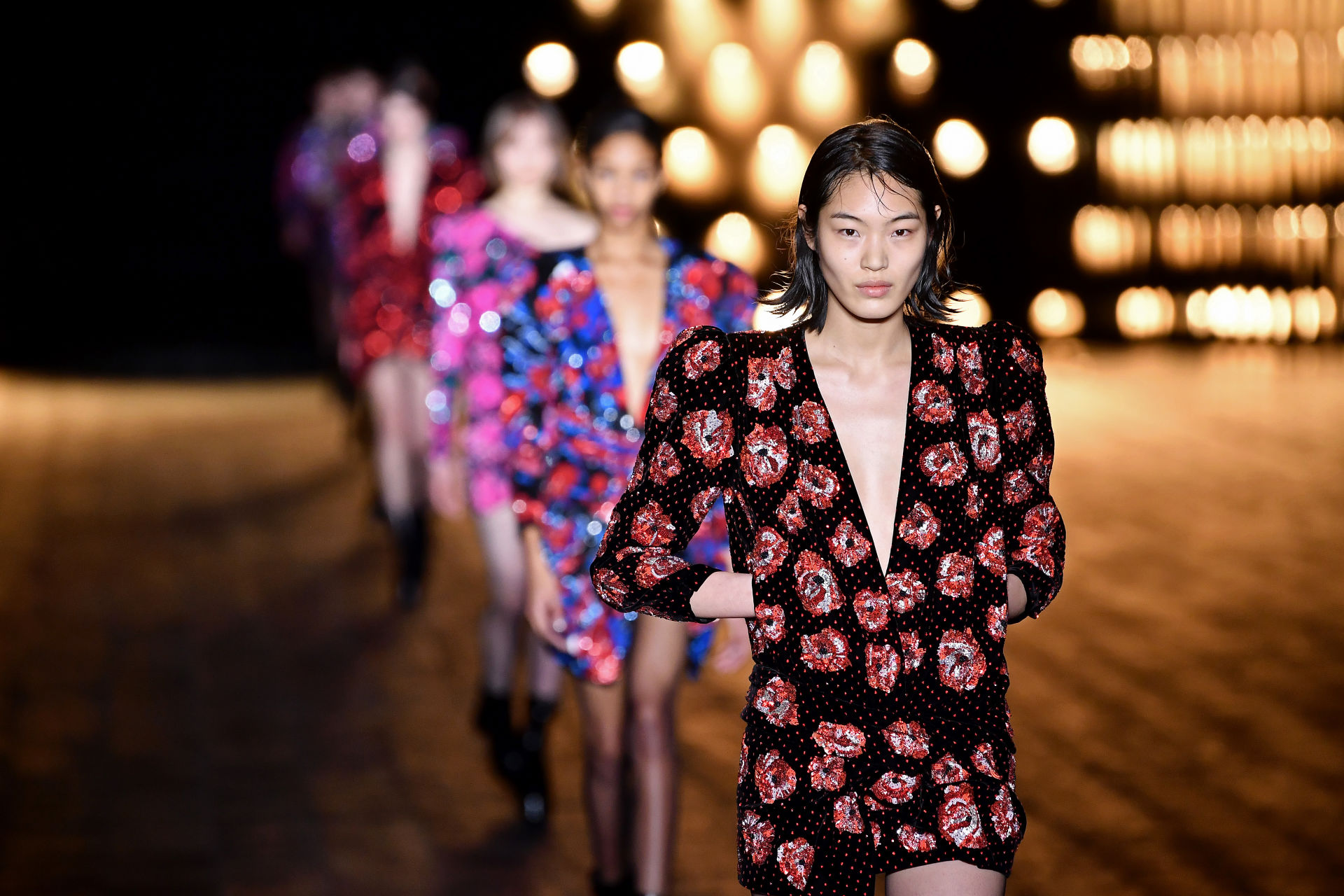

A Designer born from his passion for art, the signature style of his collections, where he unites opposites of this beautiful Universe to which he has always belonged. Yves Saint Laurent, the last of the Haute Couture Designers, born on August 1st in the French colony of Oran, Algeria.


At only 18 years of age he moved to Paris to follow his dream, to win the International Wool Secretariat contest, designing a black cocktail gown with an asymmetrical neckline that was later created by Hubert de Givenchy.
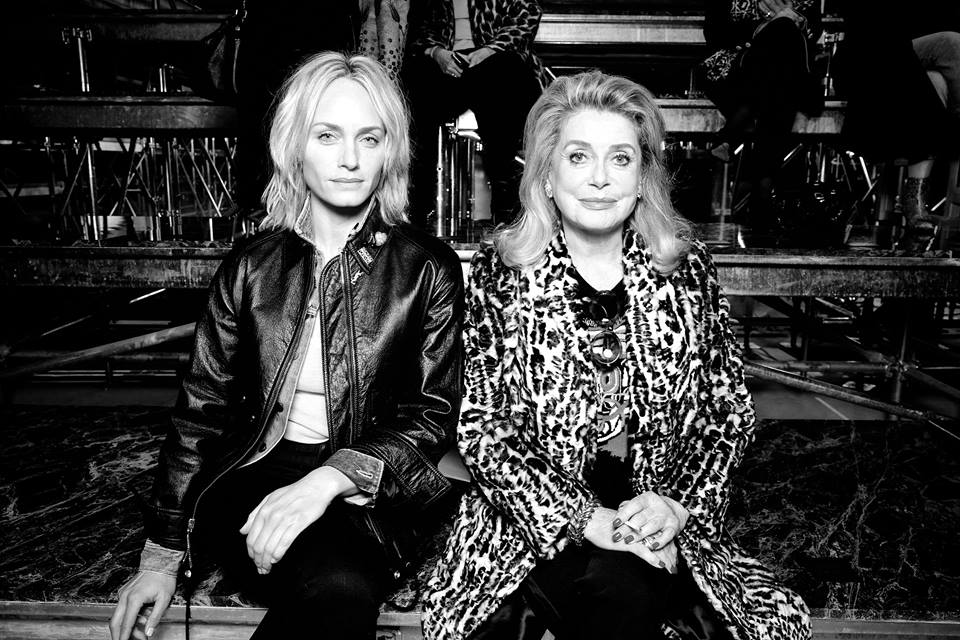
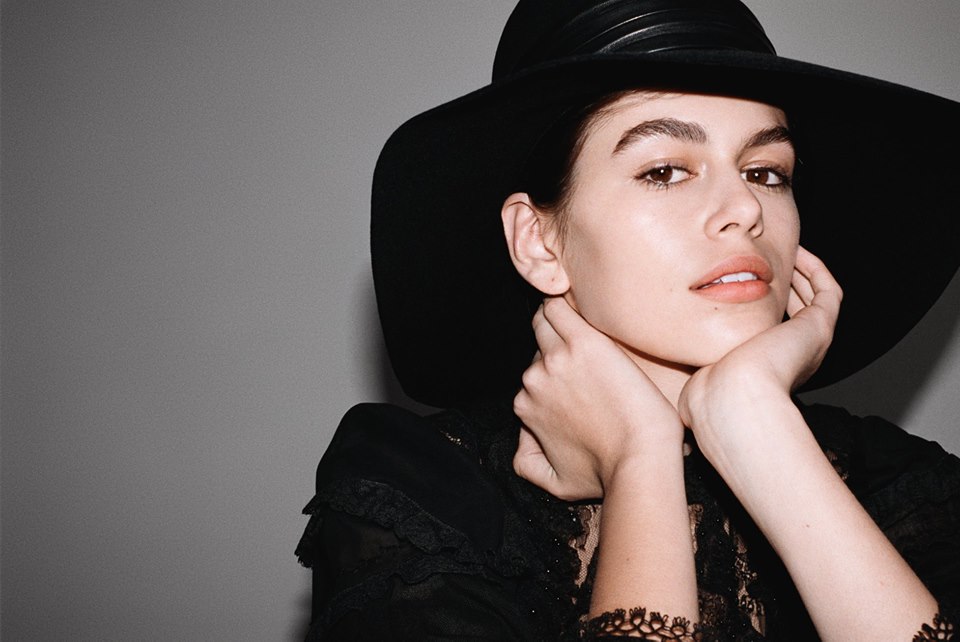
In the mid-1950’s he joined the “Maison Dior”, taking the place of the designer, he then created the “Trapéze” collection that changed French fashion forever.

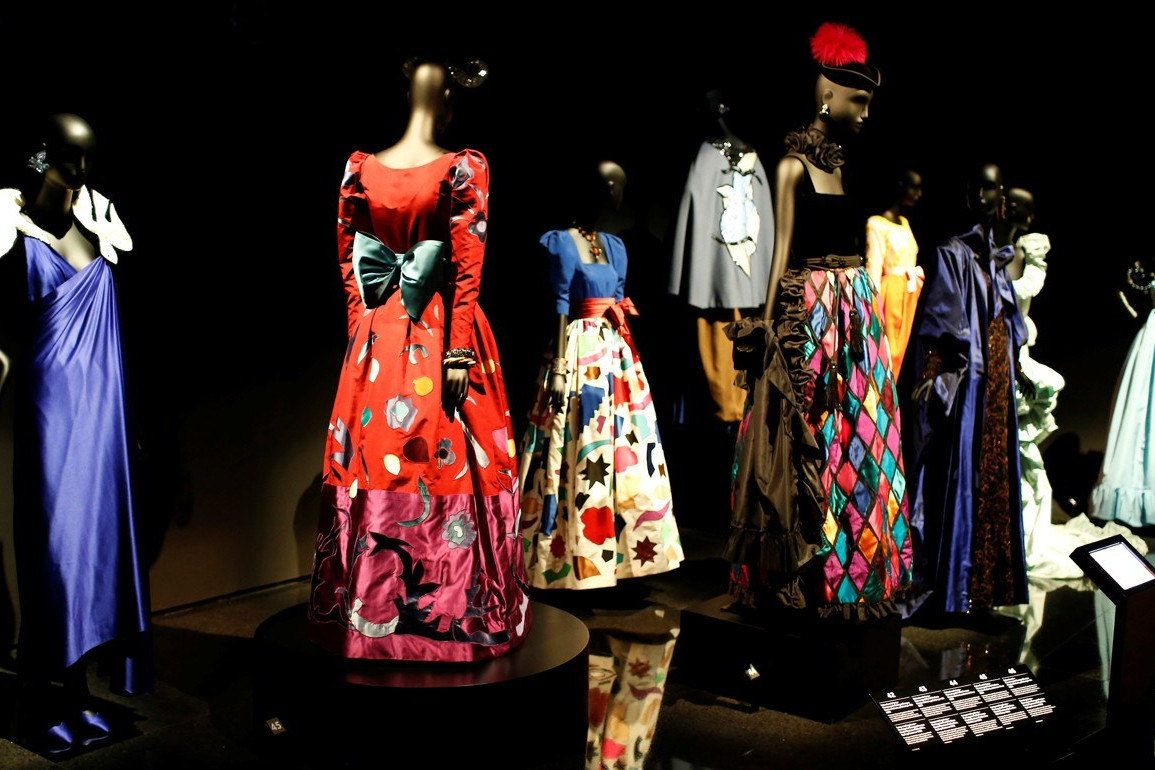
A few years later, Yves opens up his own maison du Haute Couture in collaboration with Pierre Bergé and the financial support of J. Mack Robinson, an American that had seen a rare drive in the young designers: it is 1962, the year that the legend was born.


His very first collection was presented on January 29th, 1962 and was defined by Life as “the best tailleur collection around after those of Chanel”, but it is in his fall/winter collection that he brings to the catwalk his first revision, the pea coat for women.
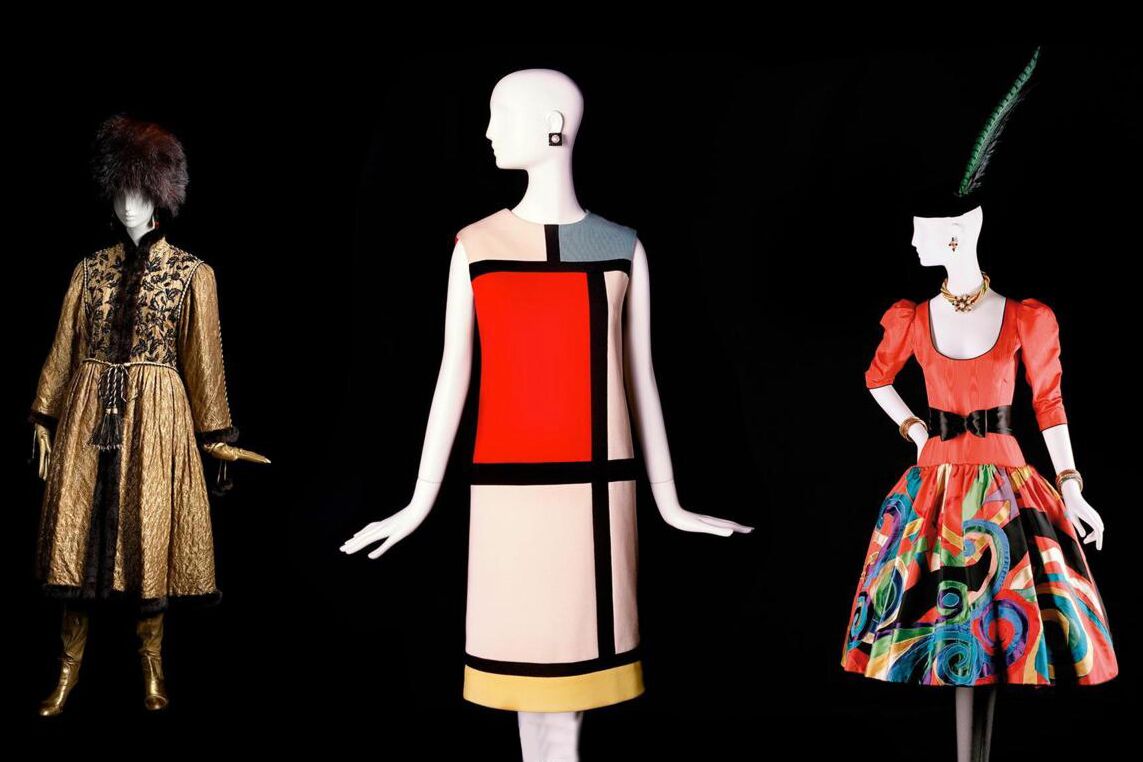

Saint Laurent understands that elegance must be revised, and thanks to his creations, he gives new life to the modern woman, who, by now, lives in a world that has expanded its borders and who can travel wherever.

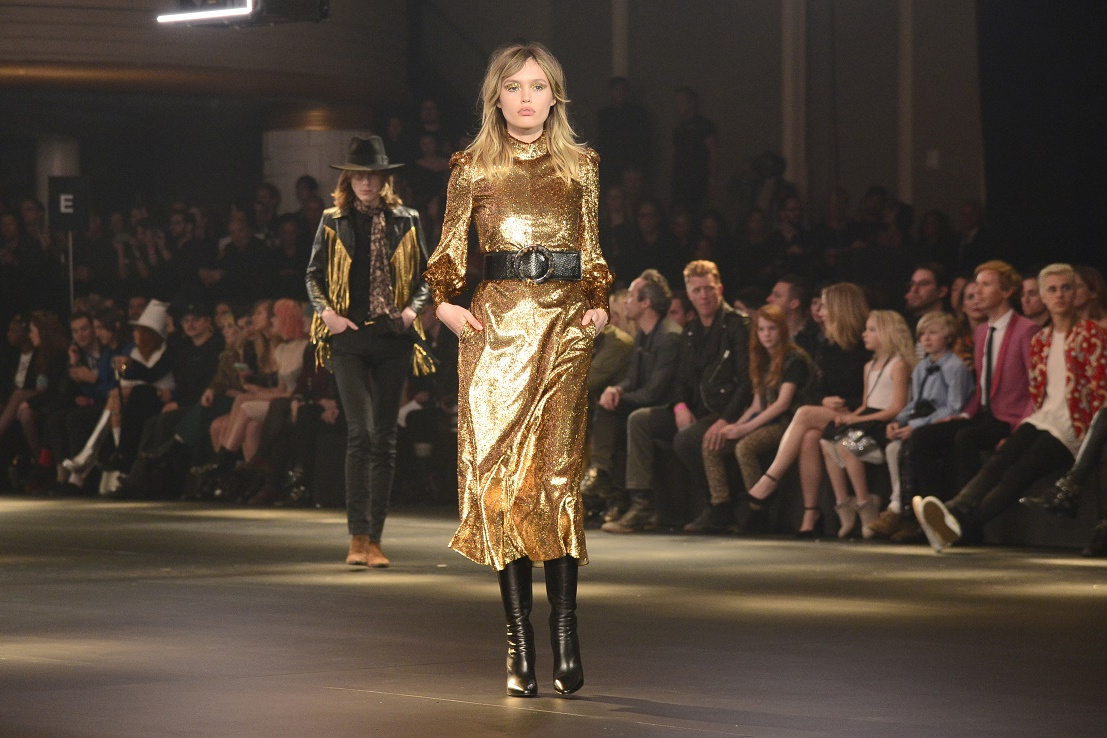
This is how, in 1966, his iconic piece is born: the female tuxedo freely inspired by Marlene Dietrich, and with what he definitively gives power to women. He also created the first Saharan blazers and trench coats.


Saint Laurent was not the first to introduce “stolen” pieces of men’s clothing to the women’s collection; what he revolutionized though, was the identity of these garments once he had “crossed that border line”.

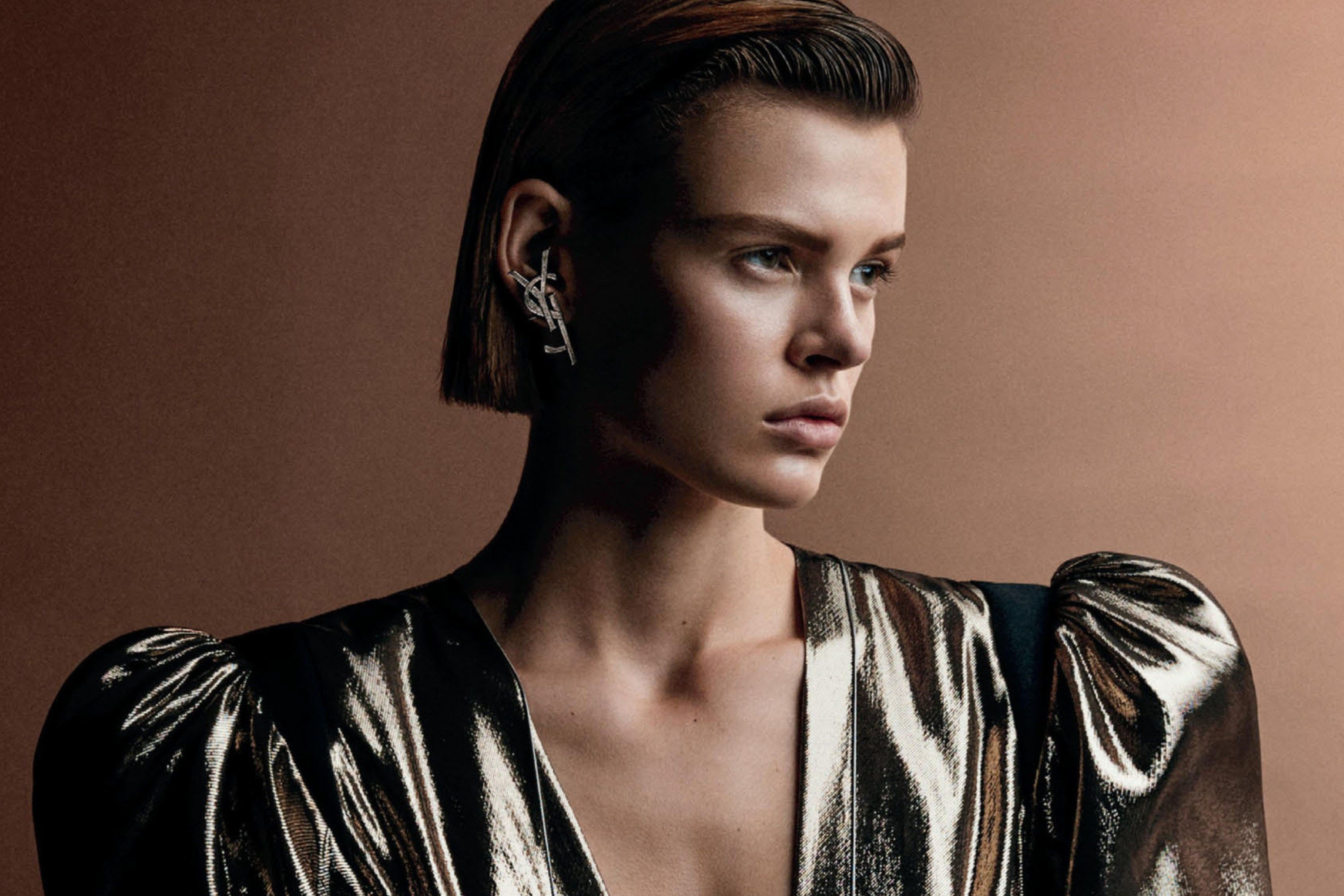
The Haute Couture Designer was also the first to introduce animal print fabrics in his collections, and he the first to have black people on the catwalk.

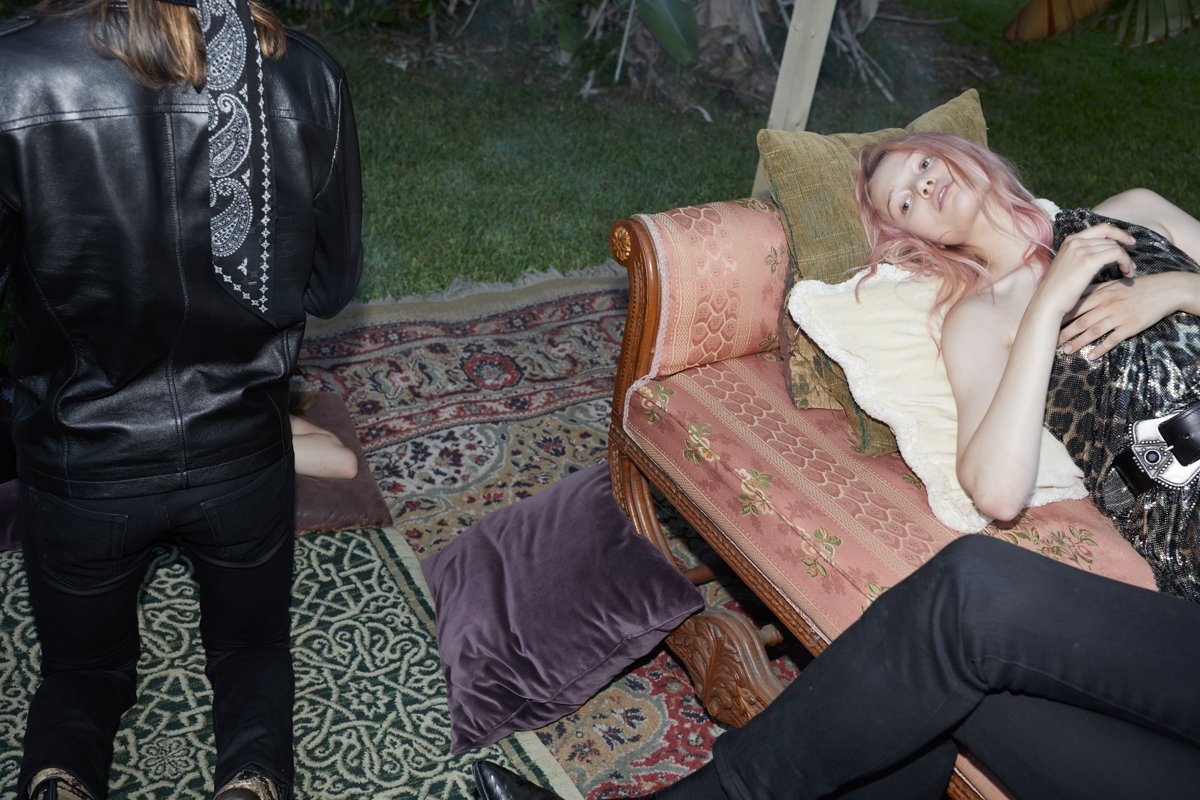
But Yves Saint Laurent had another strong point: as brilliant colorist, he insisted, in the years, to bring his creations to the limit with painting, drawing inspiration from the world of art, continuing a tradition where also the artists were distinguished such as Sonia Delaunay, Giacomo Balla or Alexandre Rodchenko.

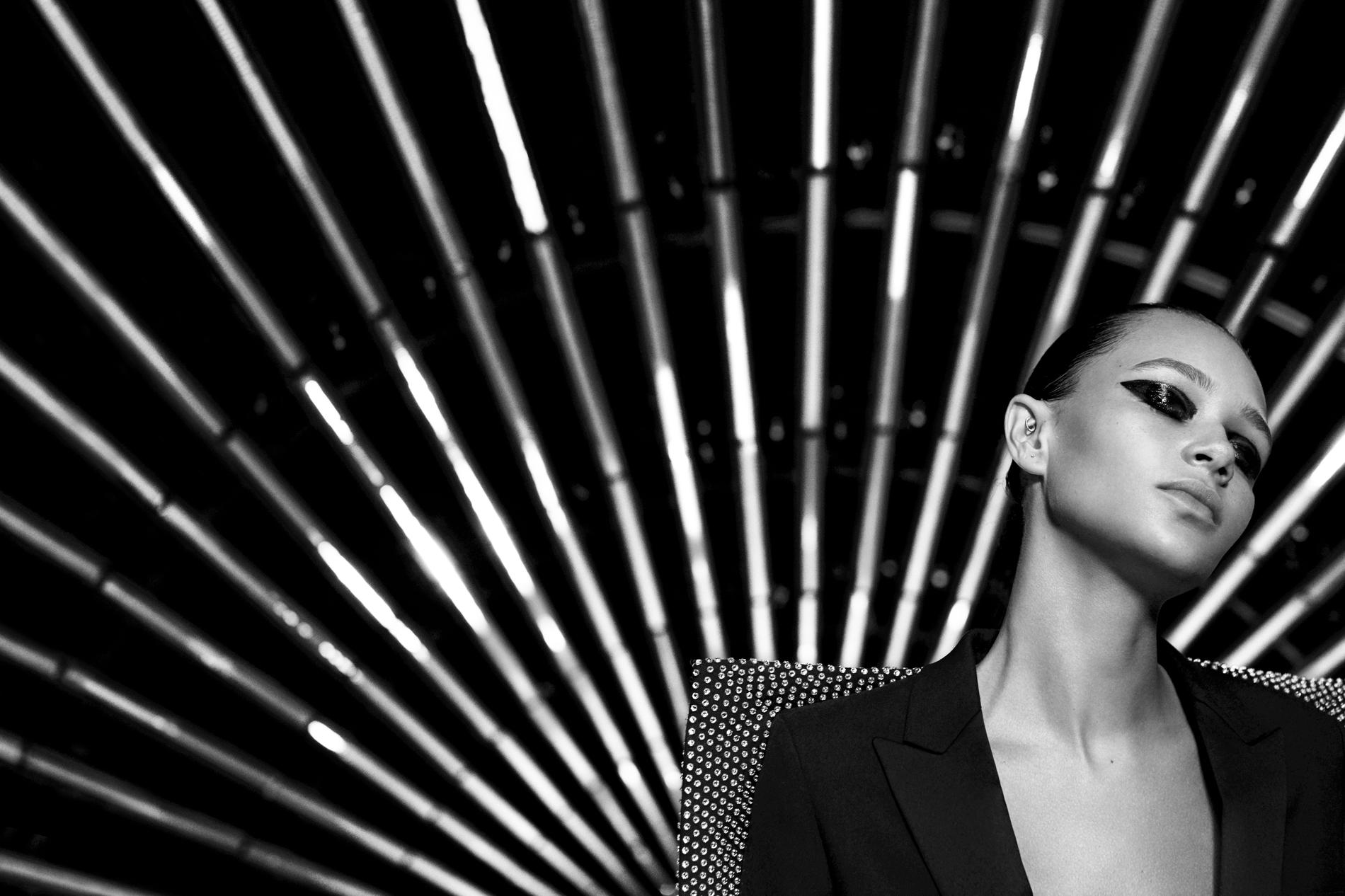
This is how the designer opens up a direct relationship between his love for art and a personal interpretationtransferred in his couture creations. It is a passion that he portrays in his private collection, evaluated in 2009 by Christies as the most expensive in the world.


The artists that he adores are not simply transferred on silk, wool or jersey; they give him the inspiration to reinvent a language, his own language. He chooses his fabrics freely to compose a palette: from red, to pink to black, until the realization of the most unexpected combinations are composed, like that of blue and black to overturn the traditional use of tones in Haute Couture of that time.


In 1965, the first Saint Laurent artistic tribute takes place that combines the essentials of the Mondrian lines with a collection entirely dedicated to the artist. Le robe Mondrian was the first example of how the designer was able to “translate” a canvas on fabric.


Precision in the lines, respect for the geometric shapes and of colors that come to life on the body of a woman.In 1966, the Pop Art Collection that, from his inspiration of Wasselman, he definitively breaks all of the barriers between art and fashion in accordance to the Andy Warhol spirit.

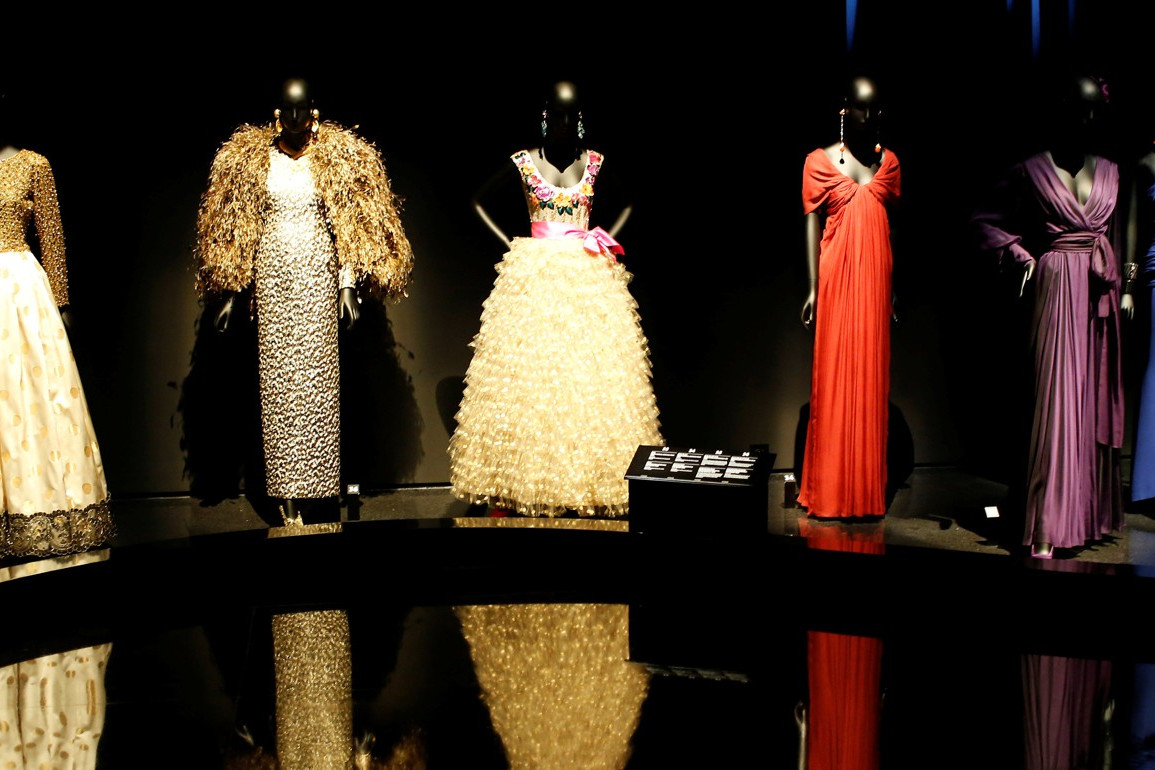
The garments that are born from this union are characterized by contrasting vibrations of colors. 1969 was the year of “sculpture clothing” inspired by Claude Lalanne, meanwhile from Cubism, collections are born that unite the revolutionary works of Picasso and Braque, where heterogeneous materials are attached, connected and sewed, combining them with oil paints.
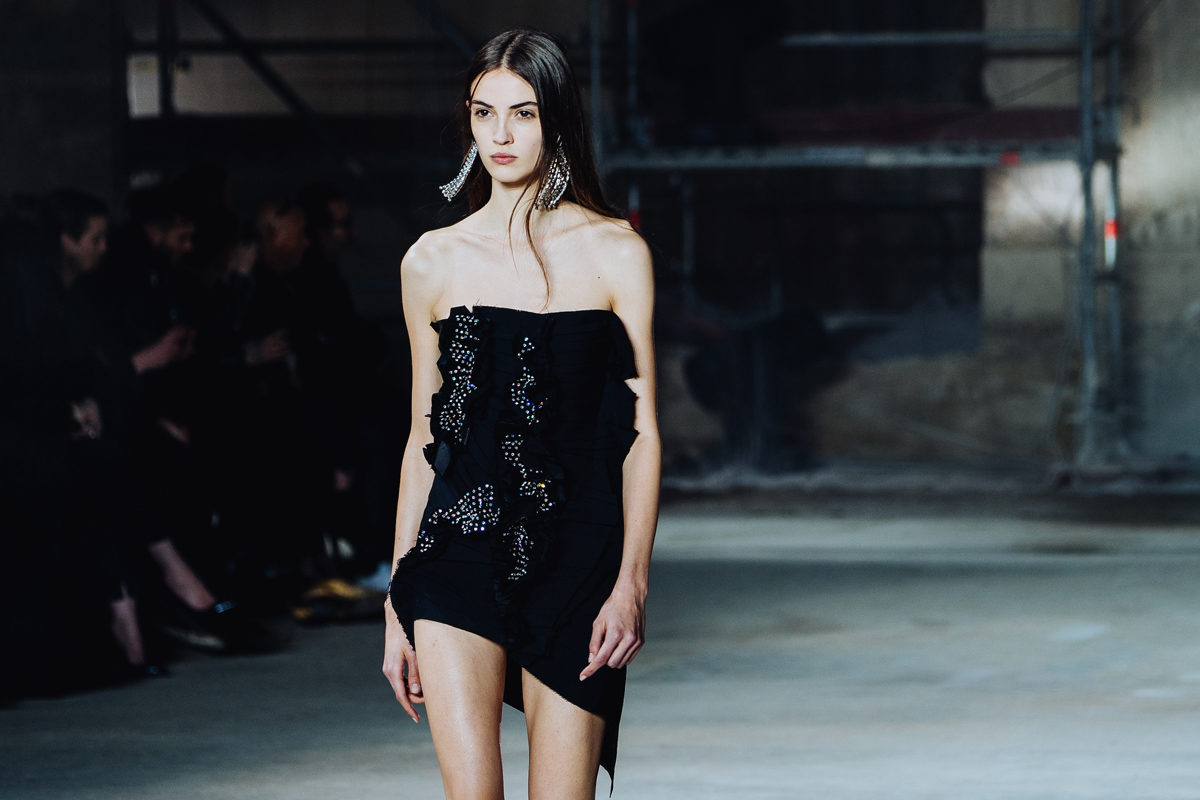

In 1988, homage to Picasso was paid: a construction of jackets worn on black skirts of the most essential collections. The hips, the arabesque of life, are emphasized using guitar outlines that helps explode the musicality of the female body.

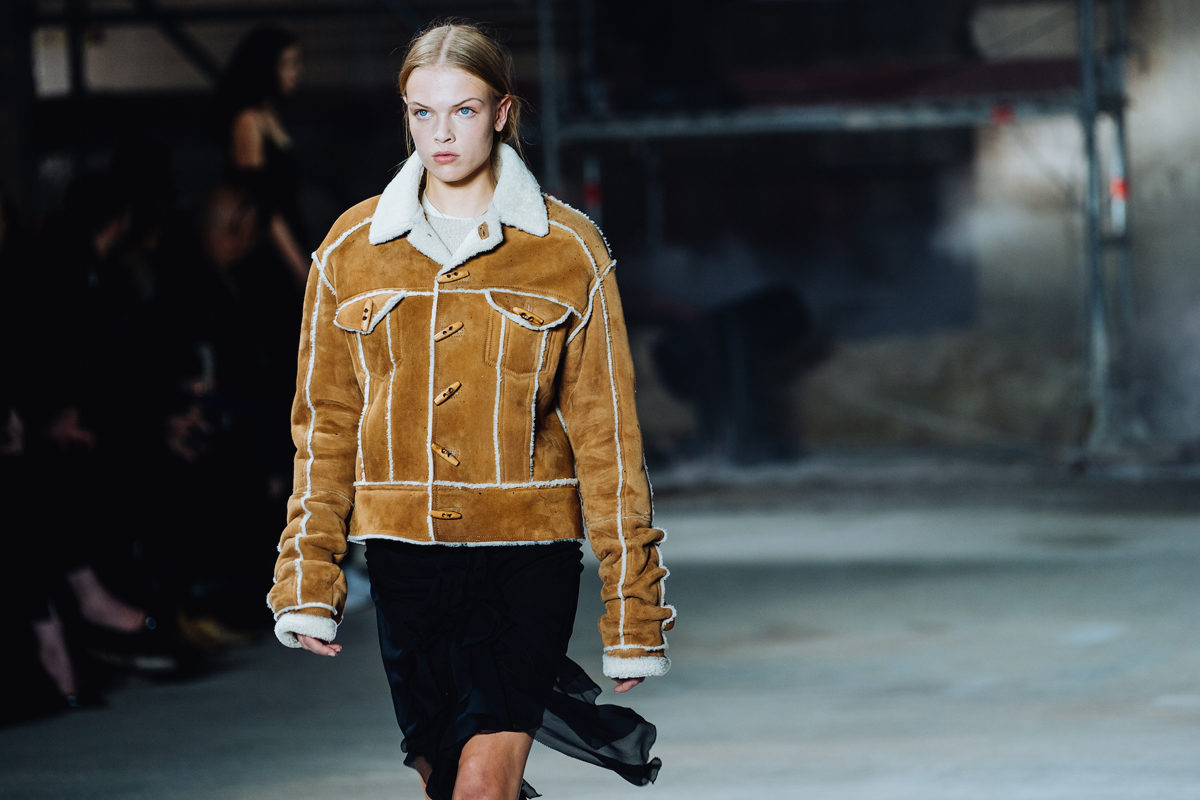
Saint Laurent continues to experiment with color combinations, in 1980, with “Le robes Matisse”, characterized by violence, typical of the Fauves movement, on fabric. When he is asked: If fashion is art or not? He would answer: “Fashion is an art but it needs an artist to exist, clothing is certainly less important than music, architecture and paintings, but it is what I knew how to do and what I did, maybe, contributing in the transformations of my era”.


Products Yves Saint Laurent Beauty
Products Yves Saint Laurent
Products Yves Saint Laurent Eyewear
Yves Saint Laurent Beauty
The Last Couturier
«If Chanel gave women their freedom, it was Saint Laurent who empowered them » − Pierre Bergé

History

Yves Saint Laurent, an Haute Couture designer that changed how the modern woman dresses, and has made it an art.


A Designer born from his passion for art, the signature style of his collections, where he unites opposites of this beautiful Universe to which he has always belonged. Yves Saint Laurent, the last of the Haute Couture Designers, born on August 1st in the French colony of Oran, Algeria.


At only 18 years of age he moved to Paris to follow his dream, to win the International Wool Secretariat contest, designing a black cocktail gown with an asymmetrical neckline that was later created by Hubert de Givenchy.


In the mid-1950’s he joined the “Maison Dior”, taking the place of the designer, he then created the “Trapéze” collection that changed French fashion forever.


A few years later, Yves opens up his own maison du Haute Couture in collaboration with Pierre Bergé and the financial support of J. Mack Robinson, an American that had seen a rare drive in the young designers: it is 1962, the year that the legend was born.


His very first collection was presented on January 29th, 1962 and was defined by Life as “the best tailleur collection around after those of Chanel”, but it is in his fall/winter collection that he brings to the catwalk his first revision, the pea coat for women.


Saint Laurent understands that elegance must be revised, and thanks to his creations, he gives new life to the modern woman, who, by now, lives in a world that has expanded its borders and who can travel wherever.


This is how, in 1966, his iconic piece is born: the female tuxedo freely inspired by Marlene Dietrich, and with what he definitively gives power to women. He also created the first Saharan blazers and trench coats.


Saint Laurent was not the first to introduce “stolen” pieces of men’s clothing to the women’s collection; what he revolutionized though, was the identity of these garments once he had “crossed that border line”.


The Haute Couture Designer was also the first to introduce animal print fabrics in his collections, and he the first to have black people on the catwalk.


But Yves Saint Laurent had another strong point: as brilliant colorist, he insisted, in the years, to bring his creations to the limit with painting, drawing inspiration from the world of art, continuing a tradition where also the artists were distinguished such as Sonia Delaunay, Giacomo Balla or Alexandre Rodchenko.


This is how the designer opens up a direct relationship between his love for art and a personal interpretationtransferred in his couture creations. It is a passion that he portrays in his private collection, evaluated in 2009 by Christies as the most expensive in the world.


The artists that he adores are not simply transferred on silk, wool or jersey; they give him the inspiration to reinvent a language, his own language. He chooses his fabrics freely to compose a palette: from red, to pink to black, until the realization of the most unexpected combinations are composed, like that of blue and black to overturn the traditional use of tones in Haute Couture of that time.


In 1965, the first Saint Laurent artistic tribute takes place that combines the essentials of the Mondrian lines with a collection entirely dedicated to the artist. Le robe Mondrian was the first example of how the designer was able to “translate” a canvas on fabric.


Precision in the lines, respect for the geometric shapes and of colors that come to life on the body of a woman.In 1966, the Pop Art Collection that, from his inspiration of Wasselman, he definitively breaks all of the barriers between art and fashion in accordance to the Andy Warhol spirit.


The garments that are born from this union are characterized by contrasting vibrations of colors. 1969 was the year of “sculpture clothing” inspired by Claude Lalanne, meanwhile from Cubism, collections are born that unite the revolutionary works of Picasso and Braque, where heterogeneous materials are attached, connected and sewed, combining them with oil paints.


In 1988, homage to Picasso was paid: a construction of jackets worn on black skirts of the most essential collections. The hips, the arabesque of life, are emphasized using guitar outlines that helps explode the musicality of the female body.


Saint Laurent continues to experiment with color combinations, in 1980, with “Le robes Matisse”, characterized by violence, typical of the Fauves movement, on fabric. When he is asked: If fashion is art or not? He would answer: “Fashion is an art but it needs an artist to exist, clothing is certainly less important than music, architecture and paintings, but it is what I knew how to do and what I did, maybe, contributing in the transformations of my era”.


Products Yves Saint Laurent Beauty
Products Yves Saint Laurent
Products Yves Saint Laurent Eyewear
-
Yves Saint Laurent - Mon Paris Eau De Toilette - A Floral Fragrance with...
Introducing the new Mon Paris Eau De Toilette. Love takes flight this spring with a fresher, lighter version of the iconic Eau de Parfum.
77,07 € 90,67 € -15%Reduced price ! -
Yves Saint Laurent - Black Opium Eau De Parfum Intense - A Warm & Spicy...
An electrifying and bold interpretation of the iconic Black Opium signature. Notes of coffee surrounded by the thrill of absinthe and orange blossom.
54,74 € 64,40 € -15%Reduced price ! -
Yves Saint Laurent - La Nuit de L’Homme Eau Électrique Eau de Toilette - with...
Seduction takes on a new shade with La Nuit de L'Homme Eau Electrique. Fresh, intense and sensual, this electrifying Eau de Toilette will be your weapon of seduction for a night without limits.
50,42 € 59,32 € -15%Reduced price ! -
Yves Saint Laurent - La Nuit De L’Homme Eau De Toilette Spray - A Woody...
Bright, masculine freshness combines with sophistication and nonchalance to create a fresh, yet deep and mysterious scent with notes of cardamom, cedar, and coumarin—a structure of contrasting forces.
68,43 € 80,51 € -15%Reduced price ! -
Yves Saint Laurent - La Nuit De L’Homme Eau De Toilette Spray - A Woody...
Bright, masculine freshness combines with sophistication and nonchalance to create a fresh, yet deep and mysterious scent with notes of cardamom, cedar, and coumarin—a structure of contrasting forces.
43,22 € 50,85 € -15%Reduced price ! -
Yves Saint Laurent - Rouge Pur Couture Gold Attraction Edition - Limited...
Rouge Pur Couture is getting a makeover with our limited edition, Gold Attraction collection. The iconic lipstick is adorned in sleek black packaging with an outstanding, glittery gold YSL logo. In one stroke, the bestselling lipstick dresses lips in irresistible pure color and provides intense hydration and antioxidant care. The heart of Yves Saint...
28,05 € 33,00 € -15%Reduced price ! -
Yves Saint Laurent - Or Rouge Crème - Refill - Wake Up to Healthier and More...
Experience unparalleled lifting and firming with the best-selling Or Rouge Crème Fine; now remastered into an even higher-performing, lightweight and effective formula for daily defense against fine lines and wrinkles. Daily use leaves skin looking naturally more vibrant, re-contoured and re-plumped.
227,80 € 268,00 € -15%Reduced price ! -
Yves Saint Laurent - Or Rouge Mask-In-Crème - Refill - Enhances Your Skin's...
A mask that enhances skin's natural nighttime recovery process so you wake up to healthier and more revitalized skin. The Or Rouge Mask provides instant cream comfort and gentle exfoliation to skin while you sleep. Your facial contours are firmed and skin regains its plumpness. Its rich, creamy texture sinks into skin throughout the night so you wake up...
161,50 € 190,00 € -15%Reduced price ! -
Yves Saint Laurent - Or Rouge Crème Riche - Refill - Maximize Hydration and...
Maximize rich hydration and defy signs of aging with Or Rouge Crème Riche. Formulated to replenish moisture and defend against fine lines and wrinkles, Crème Riche is essential for dramatic skin renewal on dryer skin. The potent and creamy texture is 100 % formulated without parabens, sulfates and mineral oil.
229,50 € 270,00 € -15%Reduced price ! -
Yves Saint Laurent - Or Rouge Anti-Aging Serum - Refill - Powerful Anti-Aging...
A powerful anti-aging, skin resurfacing serum that combines potent saffron pistil with precious saffron water for dramatic skin renewal. Experience the newly intensified Or Rouge Serum that now combines saffron pistil with saffron water to reignite skin cell energy, repair skin and fight the 11 visible signs of aging–roughness, firmness, dullness,...
233,75 € 275,00 € -15%Reduced price ! -
Yves Saint Laurent - Or Rouge Anti-Aging Face Oil - Refill - A Deeply...
A deeply replenishing oil with saffron sugar, antioxidant red algae and five exceptional botanical oils that provide dramatic skin renewal. With a newly intensified formula, Or Rouge L’Huile harnesses the revitalizing power of the precious pistil of Saffron from Morocco in a blend of 5 new exceptional botanical oils to instantly repair and embellish skin....
157,25 € 185,00 € -15%Reduced price ! -
Yves Saint Laurent - Libre Eau De Parfum - The New Fragrance of Freedom - For...
Libre Eau de Parfum is the new fragrance of freedom, a statement fragrance for those who live by their own rules. A reinvention of the floral perfume, it combines Lavender Essence from France with the sensuality of Moroccan Orange Blossom, for a unique floral fusion complemented by a daring note of Musk Accord.
93,50 € 110,00 € -15%Reduced price ! -
Yves Saint Laurent - Black Opium Eau De Parfum - An Addictive Black Coffee,...
The seductively intoxicating fragrance from Yves Saint Laurent Beauté. The opening notes of adrenaline-rich coffee and the sweet sensuality of vanilla recline into the softness of white flowers for a modern, young addictive fragrance.
102,00 € 120,00 € -15%Reduced price ! -
Yves Saint Laurent - L’Homme Eau De Toilette Spray - Woody Elegance,...
This fresh, woody fragrance is effervescent with bright, sparkling notes of bergamot, ginger, and vetiver. A fragrance of contrasts, it is a unique combination of luxury, art, and modernity that exudes a timeless elegance.
97,75 € 115,00 € -15%Reduced price ! -
Yves Saint Laurent - Y Eau de Toilette - An Authentic and Bold Creation...
Y, the new masculine fragrance by Yves Saint Laurent. Inspired by the iconic Yves Saint Laurent white t-shirt and black jacket, this Eau De Toilette represents a balance between freshness and strength. Like a crisp white t-shirt, notes of bergamot, sage and ginger offer a sharp juicy freshness to challenge convention and exceed all expectations.
106,25 € 125,00 € -15%Reduced price ! -
Yves Saint Laurent - Y Eau de Toilette - An Authentic and Bold Creation...
Y, the new masculine fragrance by Yves Saint Laurent. Inspired by the iconic Yves Saint Laurent white t-shirt and black jacket, this Eau De Toilette represents a balance between freshness and strength. Like a crisp white t-shirt, notes of bergamot, sage and ginger offer a sharp juicy freshness to challenge convention and exceed all expectations.
70,55 € 83,00 € -15%Reduced price ! -
Yves Saint Laurent - Mon Paris Eau De Parfum - A New Feminine Fragrance,...
A new sparkling fragrance inspired by Paris, the city of intense love. Red berries and pear immediately exude sensuality and femininity. The exotic white datura flower, the soul of the fragrance, embodies desire and seduces the senses. Finally, this modern and daring floral scent is balanced by creamy white musks and patchouli. The experience is a...
89,25 € 105,00 € -15%Reduced price ! -
Yves Saint Laurent - Libre Eau De Parfum - The New Fragrance of Freedom - For...
Libre Eau de Parfum is the new fragrance of freedom, a statement fragrance for those who live by their own rules. A reinvention of the floral perfume, it combines Lavender Essence from France with the sensuality of Moroccan Orange Blossom, for a unique floral fusion complemented by a daring note of Musk Accord.
63,75 € 75,00 € -15%Reduced price ! -
Yves Saint Laurent - Black Opium Eau De Parfum - An Addictive Black Coffee,...
The seductively intoxicating fragrance from Yves Saint Laurent Beauté. The opening notes of adrenaline-rich coffee and the sweet sensuality of vanilla recline into the softness of white flowers for a modern, young addictive fragrance.
68,00 € 80,00 € -15%Reduced price ! -
Yves Saint Laurent - L’Homme Eau De Toilette Spray - Woody Elegance,...
This fresh, woody fragrance is effervescent with bright, sparkling notes of bergamot, ginger, and vetiver. A fragrance of contrasts, it is a unique combination of luxury, art, and modernity that exudes a timeless elegance.
52,70 € 62,00 € -15%Reduced price ! -
Yves Saint Laurent - Y Eau de Toilette - An Authentic and Bold Creation...
Y, the new masculine fragrance by Yves Saint Laurent. Inspired by the iconic Yves Saint Laurent white t-shirt and black jacket, this Eau De Toilette represents a balance between freshness and strength. Like a crisp white t-shirt, notes of bergamot, sage and ginger offer a sharp juicy freshness to challenge convention and exceed all expectations.
54,40 € 64,00 € -15%Reduced price !





